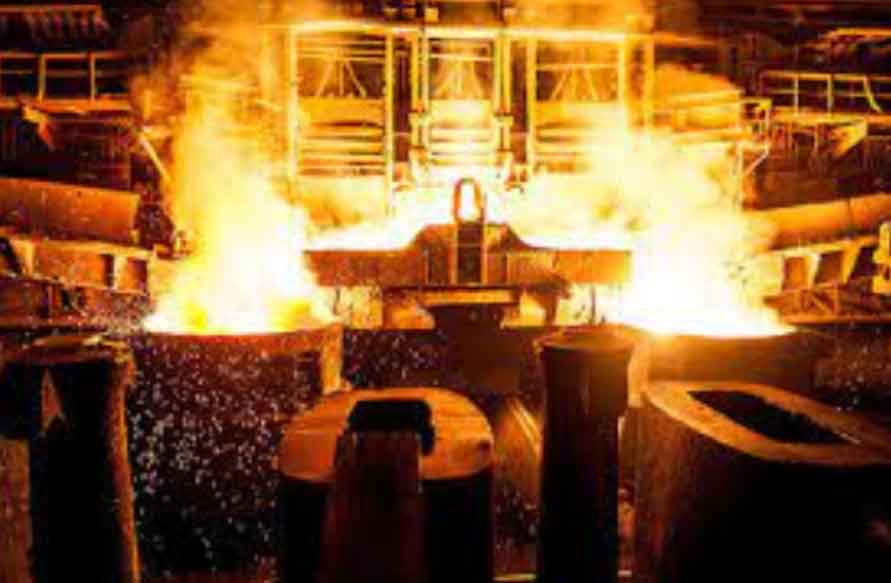Die casting and V-method casting are two different manufacturing processes used for casting metal parts. Let’s compare them in terms of their process, capabilities, advantages, and disadvantages:

Die Casting:
- Process: Die casting involves injecting molten metal, typically non-ferrous alloys like aluminum, zinc, or magnesium, into a reusable steel mold called a die. The mold is designed with the shape and features of the desired part.
- Complexity: Die casting is suitable for producing parts with intricate details, thin walls, and complex shapes. It allows for tight dimensional tolerances and repeatability.
- Speed: The die casting process is generally fast, as the molten metal is injected under pressure into the die, enabling rapid solidification.
- Surface Finish: Die casting offers excellent surface finish and can achieve smooth, polished, and visually appealing surfaces without the need for additional post-processing.
- Volume Production: Die casting is well-suited for high-volume production runs. Once the die is made, it can produce a large number of parts with consistent quality and dimensional accuracy.
- Material Options: Die casting is primarily used for non-ferrous alloys such as aluminum, zinc, and magnesium. These materials offer good strength-to-weight ratios and are commonly used in various industries.
V-Method Casting:
- Process: V-method casting, also known as vacuum molding, is a casting process that involves creating a mold using a vacuum-formed plastic film. The plastic film is heated and draped over a pattern to form the mold cavity.
- Complexity: V-method casting is suitable for producing parts with complex geometries and undercuts. It allows for the creation of intricate shapes and internal cavities.
- Surface Finish: V-method casting provides good surface finish and dimensional accuracy. The plastic film used in the process helps achieve smooth surfaces on the cast parts.
- Material Options: V-method casting supports a wide range of materials, including ferrous and non-ferrous alloys. It is suitable for casting various metals, such as iron, steel, aluminum, and copper alloys.
- Flexibility: V-method casting offers flexibility in terms of mold production. The plastic film molds can be easily and cost-effectively produced, modified, or replaced.
- Batch Production: V-method casting is suitable for both small and medium production runs. It is often used for producing prototypes, low-volume production, and customized parts.
Advantages of Die Casting:
- High production speed and efficiency.
- Excellent dimensional accuracy and repeatability.
- Suitable for high-volume production.
- Wide range of material options.
- Smooth surface finish without additional post-processing.
Disadvantages of Die Casting:
- Limited complexity compared to certain casting methods like V-method casting.
- Higher tooling and setup costs.
- Not ideal for extremely high-temperature alloys.
Advantages of V-Method Casting:
- Capable of producing complex parts with intricate geometries and undercuts.
- Good surface finish and dimensional accuracy.
- Flexible and cost-effective mold production.
- Suitable for small to medium production runs.
- Wide range of material options.
Disadvantages of V-Method Casting:
- Slower production compared to die casting.
- Limited to smaller production volumes compared to die casting.
- Increased labor and material costs associated with mold production and plastic film usage.
When choosing between die casting and V-method casting, the decision depends on factors such as part complexity, production volume, material requirements, and cost considerations. Die casting is well-suited for high-volume production of complex parts with fast cycle times, while V-method casting is more suitable for producing intricate and complex parts with flexibility in mold production and smaller production volumes.
It’s important to consider the specific requirements of your project when deciding between die casting and V-method casting. If you need to produce large quantities of parts with complex geometries and tight tolerances, die casting would be a preferred choice due to its high production speed and efficiency. On the other hand, if you have lower production volumes, require flexibility in mold production, and need to create parts with intricate details and undercuts, V-method casting may be a more suitable option.
It’s worth noting that both die casting and V-method casting have their strengths and limitations, and there may be alternative casting methods that could be considered based on the specific requirements of your project. For example, other casting processes like sand casting, investment casting, or even 3D printing could be explored as alternatives depending on factors such as part complexity, material selection, surface finish requirements, and budget constraints.
To make an informed decision, it is recommended to assess your project’s unique needs, consult with casting experts or manufacturers, and evaluate factors such as part complexity, production volume, material options, surface finish requirements, lead time, and cost considerations. This will help determine the most appropriate casting method for your specific application.
